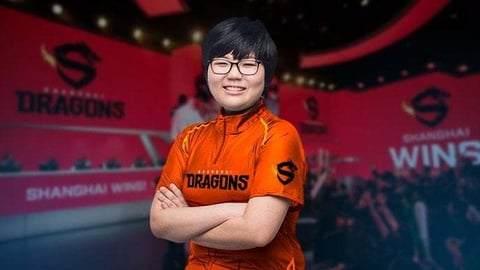
Much like other competitive environments have done, esports too has made waves with controversies. Despite being a young industry still, there have been some pretty big incidents in the past few years as far as scandals go.
Different disciplines, similar problems
The concept of cheating in competitions is nothing new. In fact, the types of scandals you can find scattered throughout the esports world don’t look too different from those found in traditional sports like football or even boxing.
The most common issue easily is match-fixing. There have been several incidents in various different esports – but purposely losing a game is sadly relatively common. The incentive is clear – money. Betting has become closely associated with the esports industry, and manipulating matches is, therefore, a real problem.
A particularly well-known incident was the iBUYPOWER scandal in 2015. Several CS:GO players deliberately lost games… and as a result, were banned from playing. In a very decisive and well-deserved move, game publisher Valve published the names of the involved parties and banned them from participating in any Valve-sponsored events for life.
In similar incidents, bans from competitive events have proven to be the most popular punishment – most pros, casters, and publishers are extremely vigilant about catching match-fixing scandals.
Is doping a problem?
Perhaps one of the biggest issues in traditional sports is doping. Performance-enhancing drugs are sadly common, and testing is usually rigorous. In esports, that’s not the case. Where in events like the Olympics, the Tour de France and the like, testing is an absolute norm, there is little if any oversight over this topic in esports.
In 2015, this led to a drug-related scandal in the esports industry. In an interview, Kory “Semphis” Friesen casually confirmed that he and his teammates were all taking Adderall during the ESL tournament they participated in.
Things spiraled from there. Other players like Tyler “CalmMentality” Mozingo also admitted to taking performance enhancing substances, and one esports consultant even recounted witnessing a coach giving a player non-prescription Ritalin (a strong ADHD medication).
A series of confessions and reports around that time in 2015 prompted several tournament organizers to align with anti-doping agencies, and to put in place rules against performance enhancers. Alcohol, drugs and more were forbidden, and punishments usually came in the form of a ban.
Despite this, there is still little testing going on, and many incidents are likely going unpunished – thankfully, a growing movement of active anti-doping activists is continuously working to solve this problem.
(Confusing) sexism at work
While it’s no particular secret that sexism runs rampant in the esports industry, it’s quite rare that it makes an explicit appearance in the industry. Such was the case in 2014 – at a Hearthstone tournament in Finland.
In what quickly turned into a publicity disaster, the rules of a Hearthstone qualifier tournament limited participation to men. This in and of itself was highly criticized but the response to complaints was what turned it into a real scandal. Instead of backtracking or apologizing, a spokesperson for the event said:
“Your information is indeed correct, the tournament is open to Finnish male players only. […] This is to avoid possible conflicts (e.g. a female player eliminating a male player during RO8) among other things."
In other words – the organizers considered the possibility of a woman eliminating a man too upsetting to consider allowing it. Naturally, criticism was harsh from players of all genders. Before long, the International Esports Federation, whose rules were used for the event, reversed their entire policy regarding gender divisions.
Mixed-gender tournaments were allowed in addition to holding a few female-only events at a smaller scale, though that sparked a shouting match of its own.
A unique scandal
While generally, scandals are a bad thing for everyone involved, there are some rare incidents where this is not true. Such was the case when Overwatch-pro Se-Yeon “Geguri” Kim (the only female player in the entire Overwatch League for two years running) was accused of cheating by several other players.
At the time only 17, the Korean player was (and still is) considered one of the top tank players in the world. Lauded for her incredible accuracy, she was accused by several major players of aimbotting and cheating. She even received death threats over this.
Blizzard Entertainment, the publisher of Overwatch, investigated and found no evidence of it. In the meantime, an open letter was written by some pros, staking their careers on the fact that she was cheating – they promised to quit if she was found to be genuine.
In reaction, she streamed a live-game at a Blizzard event, proving that she really was simply that good. Her two main accusers, Korean players going by the nicknames “ELTA” and “Strobe”, retired from the game in reaction. Geguri’s critics quieted, for the most part, and she remains the only female pro in the OWL to date.
Although this may seem like a win for her, it’s essential to realize that it wasn’t. She was subjected to immense stress, fear and pressure for something she didn’t do, simply because some players refused to accept a female player could be that good.
Punishing cheaters, be it because they throw games, use performance enhancers or simply bots remains an important part of keeping esports fair, but Geguri’s incident also shows that caution may be the better part of valor and that not all accusations are founded in reality.






























